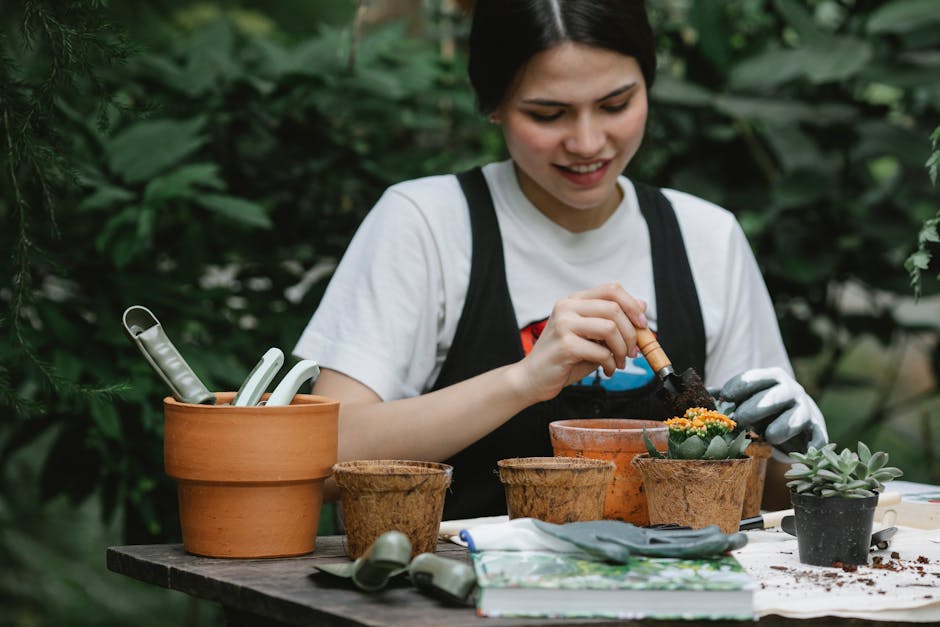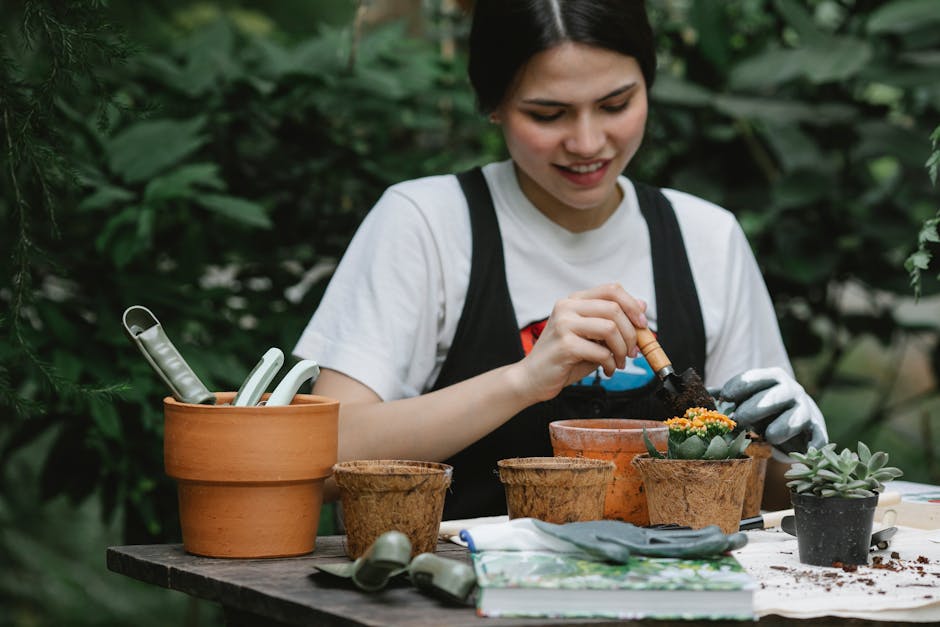Understanding the Optimal Soil Requirements for Potted Olive Trees

If you’re a fan of the Mediterranean aesthetic, you might have considered adding an olive tree to your indoor or outdoor garden. Olive trees are not only beautiful but also bear fruit that can be used in a variety of culinary applications. However, to ensure that your olive tree thrives, it’s crucial to understand the optimal soil and fertilizer requirements for potted olive trees.
Olive trees, like all plants, have specific soil needs. They prefer well-draining soil, as they are susceptible to root rot if the soil is too waterlogged. A good rule of thumb is to use a potting mix that is specifically designed for Mediterranean plants. These mixes often contain sand, which helps to improve drainage. If you can’t find a Mediterranean mix, a standard potting soil mixed with a bit of coarse sand or perlite will also work well.
In addition to drainage, olive trees also need soil that is slightly acidic to neutral. This means that the pH should be between 6.0 and 8.0. If your soil is too acidic or too alkaline, it can prevent the tree from absorbing the nutrients it needs to grow. You can test your soil’s pH with a simple kit from your local garden center. If the pH is off, you can adjust it with lime (to raise the pH) or sulfur (to lower the pH).
Now, let’s talk about fertilizer. Olive trees are not heavy feeders, but they do benefit from a bit of extra nutrition, especially when they’re grown in pots. A slow-release granular fertilizer is a great choice for potted olive trees. Look for a fertilizer that has a balanced ratio of nitrogen, phosphorus, and potassium, such as a 10-10-10 formula. These three nutrients are essential for plant growth, and a balanced fertilizer will provide your olive tree with everything it needs.
When applying fertilizer, it’s important to follow the package instructions carefully. Over-fertilizing can be just as harmful as under-fertilizing. Generally, you’ll want to apply the fertilizer to the top layer of soil and then water thoroughly to help the nutrients seep into the root zone. The best time to fertilize is in the spring, just before the new growth starts.
In addition to regular fertilizing, it’s also a good idea to add a layer of compost to the top of the soil each year. This will help to replenish the organic matter in the soil and provide a slow, steady source of nutrients for your tree.
In conclusion, the key to growing a healthy potted olive tree is to provide it with well-draining, slightly acidic soil and a balanced, slow-release fertilizer. With the right care, your olive tree can thrive and produce beautiful, tasty fruit for years to come. Remember, gardening is a journey, not a destination. So, enjoy the process of learning about your olive tree’s needs and watching it grow. Happy gardening!
Choosing the Right Fertilizer for Your Potted Olive Trees
Choosing the right fertilizer for your potted olive trees can be a game-changer in their growth and productivity. It’s a crucial step that can significantly impact the health and yield of your trees. But with so many options available, it can be a bit overwhelming to decide which one is the best for your potted olive trees.
Firstly, it’s important to understand that olive trees are hardy and adaptable. They can thrive in a variety of soil types, from sandy to clay, as long as the soil is well-draining. However, they prefer a slightly acidic to neutral pH level, between 6.0 and 7.0. This is where the role of fertilizer comes in. It can help adjust the soil’s pH level and provide essential nutrients that the soil might be lacking.
When it comes to choosing a fertilizer, a balanced one is usually a good choice. Look for a fertilizer with an equal ratio of nitrogen, phosphorus, and potassium, often referred to as N-P-K. These are the three primary nutrients that plants need to grow. Nitrogen promotes leaf growth, phosphorus is essential for root and fruit development, and potassium helps with overall plant health.
However, olive trees have specific nutritional needs. They require more nitrogen than some other fruit trees. Therefore, a fertilizer with a slightly higher nitrogen content can be beneficial. But remember, too much nitrogen can lead to excessive foliage at the expense of fruit production. So, it’s all about finding the right balance.
In addition to the primary nutrients, olive trees also need a range of secondary and micronutrients. These include calcium, magnesium, and iron, among others. Many high-quality fertilizers will include these in their mix. If not, you might need to add them separately.
It’s also worth considering the use of organic fertilizers. These are derived from natural sources like bone meal, compost, or manure. They are not only good for the trees but also for the environment. Organic fertilizers release nutrients slowly, providing a steady supply over a longer period. They also improve the soil structure and increase its ability to hold water and nutrients.
When applying fertilizer, it’s best to do it in the early spring, just before the new growth starts. This gives the trees a nutritional boost at a time when they need it most. However, be careful not to over-fertilize. Too much fertilizer can harm the trees and lead to nutrient imbalances. It’s always better to err on the side of caution and apply less rather than more.
Lastly, remember that fertilizing is just one aspect of olive tree care. Regular watering, proper pruning, and pest control are equally important. And while the right fertilizer can help your potted olive trees thrive, it’s no substitute for good overall care.
In conclusion, choosing the right fertilizer for your potted olive trees involves understanding their nutritional needs and the soil’s characteristics. A balanced fertilizer with a slightly higher nitrogen content, supplemented with necessary secondary and micronutrients, is usually a good choice. Organic fertilizers can also be a great option. And always remember, less is more when it comes to fertilizing. Happy gardening!

